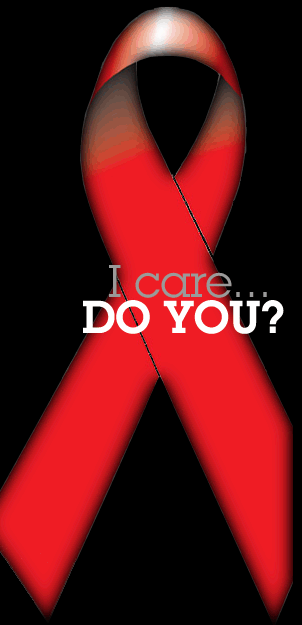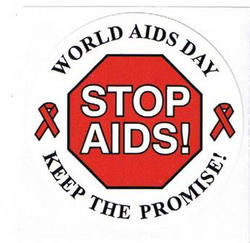World AIDS Day 2005
Why do we celebrate World AIDS Day?
World AIDS Day has a special place in the history of the AIDS epidemic. Since 1988 December 1st has been a day bringing messages of Compassion, Hope, Unity and Understanding about AIDS to every country in the world.
"Women, Girls, HIV and AIDS" is the theme for the World AIDS Campaign 2004, which culminates with World AIDS Day on December 1. This year's campaign focuses on women and girls preventing new infections, promoting equal access to treatment and mitigating the impact of AIDS. According to a new UN report, "HIV/AIDS is no longer striking primarily men. Today, more than 20 years into the epidemic, women account for nearly half the 40 million people living with HIV worldwide. In sub-Saharan Africa, 57% of adults with HIV are women, and young women aged 15 to 24 are more than three times as likely to be infected as young men. Despite this alarming trend, women know less than men about how HIV/AIDS is transmitted and how to prevent infection, and what little they do know is often rendered useless by the discrimination and violence they face."
The City, Inc. HAS (HIV/AIDS/STD) Prevention & Awareness Program would like to acknowlege:
World AIDS Day 2005
What is HIV?
Human Immunodeficiency (im-mu-no-di-fi-cien-cy) Virus, the virus that leads to AIDS.
What is AIDS?
Acquired Immune Deficiency Syndrome. AIDS is a result of HIV infection. The infection is cause by the virus (HIV). When a person has AIDS, the immune system becomes damaged so that he/she can no longer fight off other infections. At this time, these infections are usually fatal.

How DO people become infected?
From an infected person's fluids:
- Blood
- Semen
- Vaginal Fluid
- Breast Milk
You DON'T get infected by:
CASUAL CONTACT!
Some examples of casual contact are:
giving blood
handshakes
hugs
sweating
tears
insects/insect bites
pets
swimming pools
toilet seats
straws, spoons or cups
drinking fountains
talking
going for walks
kissing (dry)
How do people PREVENT HIV infections?
Less risky activities include:
- NO SEX (Oral, Anal or Vaginal)
- Masturbation
- Protected sex: using latex CONDOMS during (oral, anal and vaginal) sex greatly lowers the risk of HIV infection and STDs (Sexually Transmitted Diseases).

